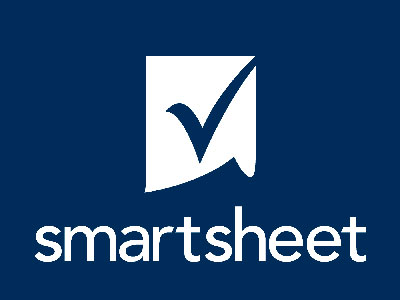Transform Your Business with Enterprise Resources Planning
The origins of enterprise resource planning (ERP) date back over a century. The ERP process consists of linking or integrating the numerous and disparate functions of an organization, both back- and front-office operations. Rather than relying on an incompatible, cobbled-together group of platforms, software, and spreadsheets that require manual reconciliation, you can use an ERP system. ERP enables various departments like finance, manufacturing, procurement, sales, human resources, and administration to share data in a consolidated, centralized, and reciprocal data system.
This article explains how ERP works, gives you examples of ERP systems, describes the benefits of ERP for your business, and offers guidance on determining if your company is ready for ERP.
What Is ERP in Simple Terms?
Enterprise resource planning (ERP) brings the entirety of your business operations — from sales and marketing to planning and production to inventory and finance — into one seamless experience. By pulling your data into a central system, all the information you need to drive your business is at your fingertips. A smart ERP gives you every data point you need in real time.
Who Is Using Enterprise Resource Solutions?
In today’s competitive climate, every organization needs the ability to gather, store, and analyze data to make better decisions faster. Enterprise resource planning helps you standardize and simplify your data for greater agility, efficiency, and collaboration.
Lisa Anderson, supply chain expert and business consultant, and President of LMA Consulting Group Inc. says, “ERP systems have become essential to compete in today’s Amazon-impacted marketplace, no matter the industry.”
Published in Smartsheet Technology on July 17, 2020



